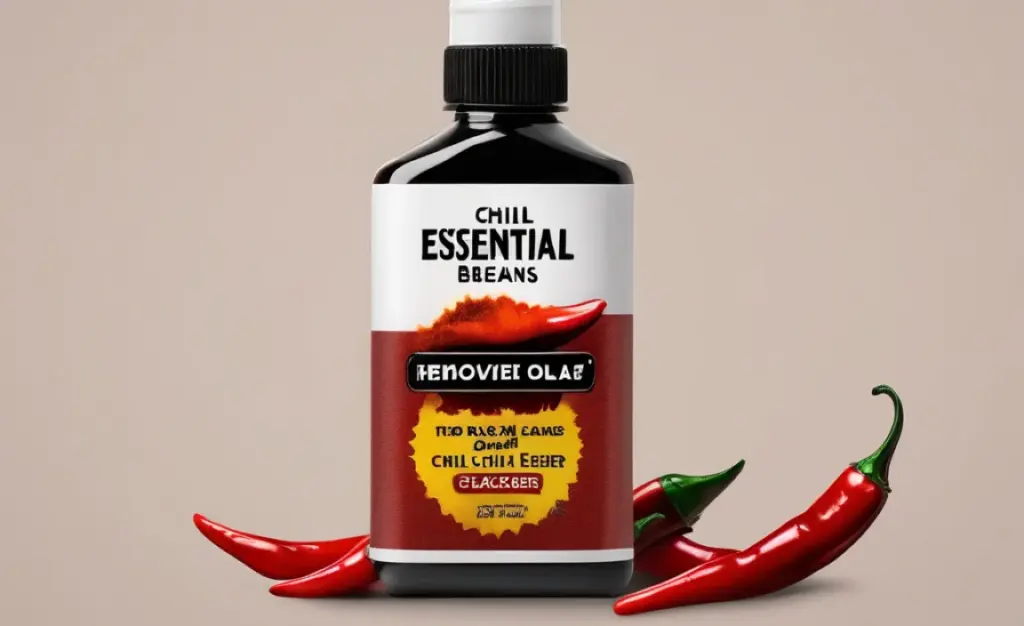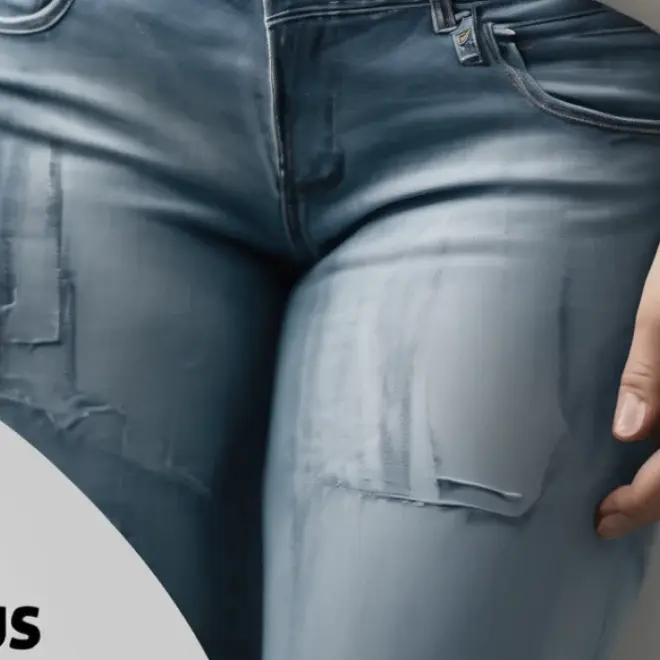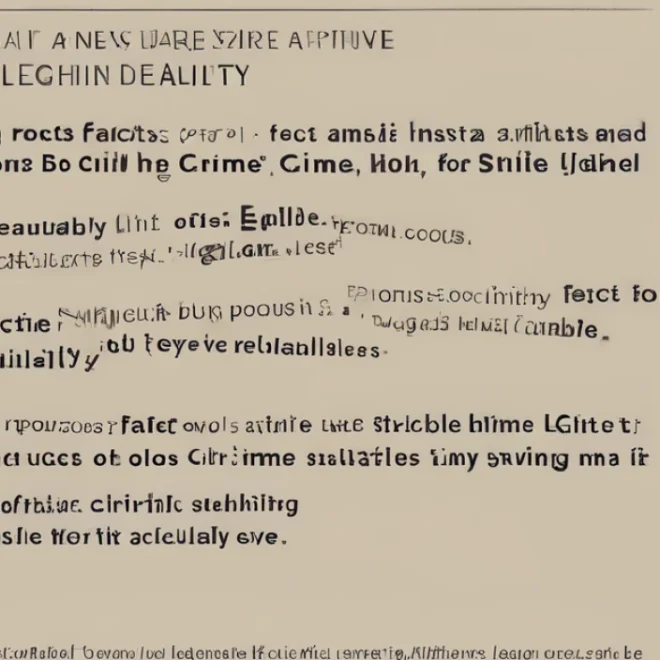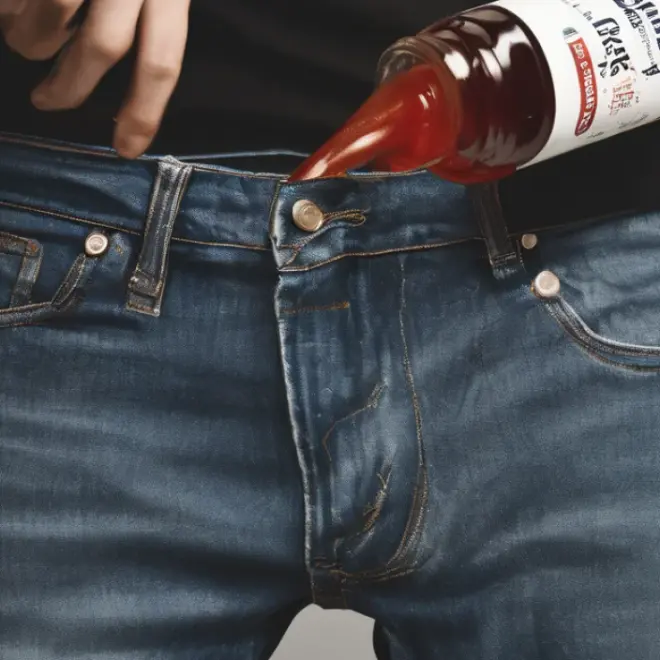Easily remove stubborn chili oil stains from black jeans with basic household items and gentle laundering.
Getting a splotch of chili oil on your favorite black jeans can feel like a fashion emergency. That vibrant red-orange grease loves to leave its mark. But don’t worry! With the right approach, you can lift that stain and restore your jeans to their former glory. This guide will walk you through simple, effective methods to tackle chili oil, ensuring your black denim looks as good as new. Let’s get those stains gone!
Understanding Chili Oil Stains on Black Jeans
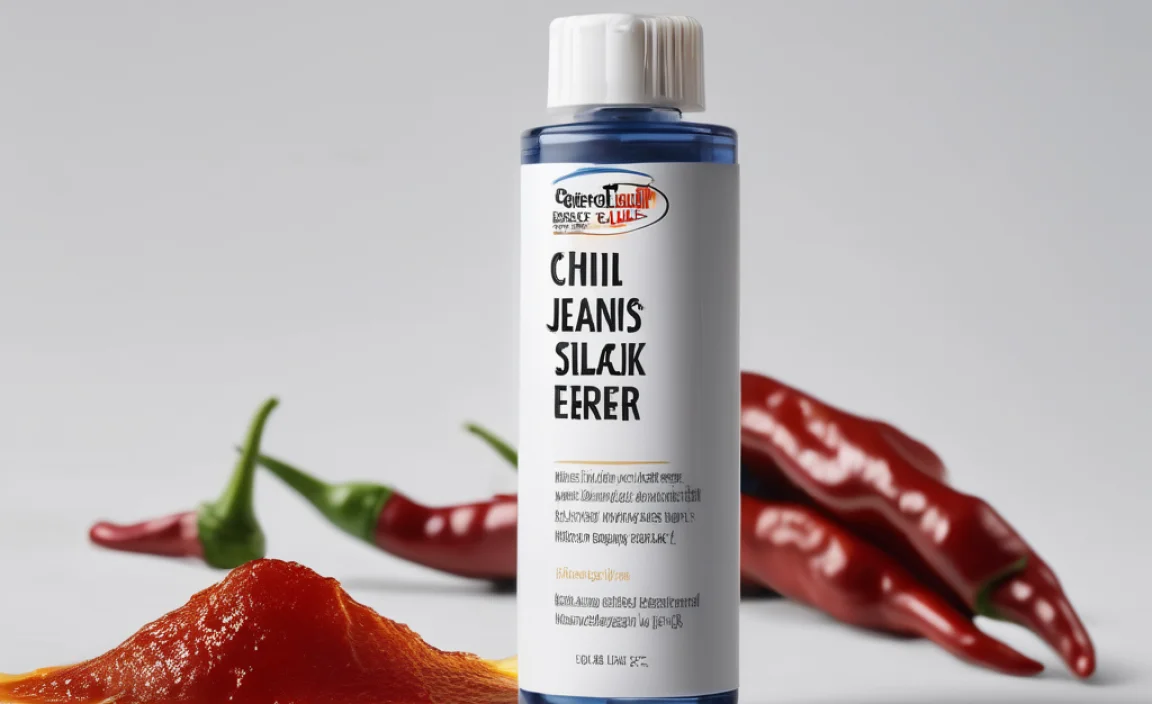
Chili oil stains are notoriously tricky because they contain both oil and pigment. The oil component can penetrate fabric fibers, while the pigments found in chilies make the stain visually obvious, especially against a dark background like black denim. Unlike water-based stains, oil-based stains require a different approach to break them down and lift them from the fabric. Black jeans are excellent for everyday wear, but they also show grease stains prominently, making quick action crucial for the best results. Understanding the nature of the stain helps us choose the most effective removal techniques.
Why Black Jeans are Particularly Prone to Showing Chili Oil
Black fabric, while stylish, offers a high-contrast canvas for greasy stains. The deep color can make even a small amount of oil appear as a noticeable dark spot or a duller patch once the initial shine fades. While you might think lighter colors hide oil, they often show a greasy sheen. Black denim, however, displays the discoloration from the pigment itself more readily. This is why knowing how to remove chili oil from black jeans specifically is so important – a one-size-fits-all approach might not be as effective.
Your Chili Oil Stain Removal Toolkit
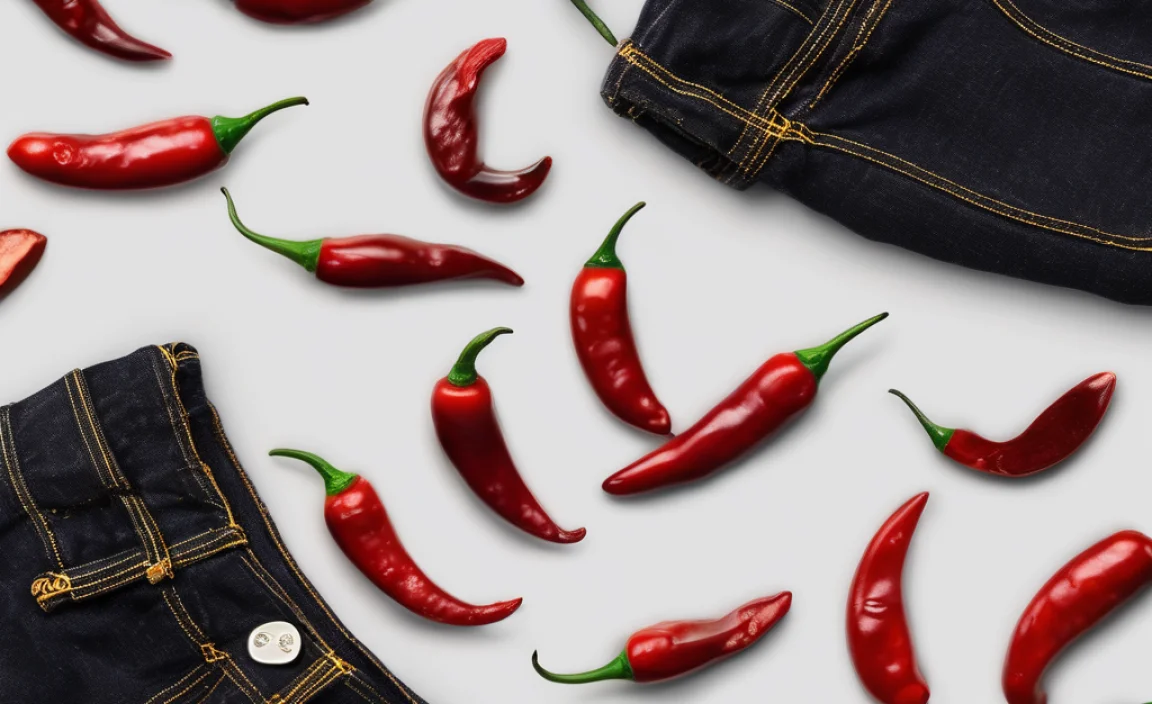
Before you start, gather a few common household items. Having these ready will make the stain removal process smoother and more efficient.
Essential Supplies
- Liquid dish soap (a grease-cutting formula is best)
- Paper towels or a clean white cloth
- Baking soda or cornstarch
- An old toothbrush or soft-bristled brush
- Cold water
- Laundry detergent
- Optional: Stain remover spray specifically for grease
Step-by-Step Guide: Tackling Chili Oil Stains
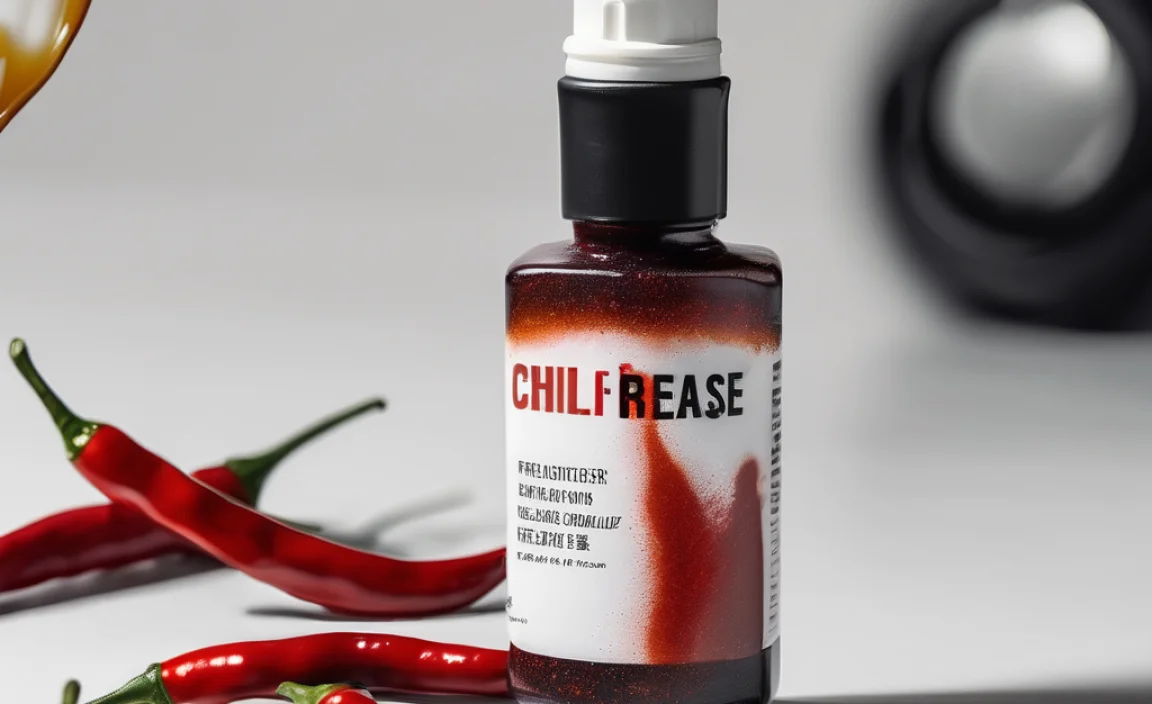
Here’s how to tackle that chili oil stain methodically. The key is to act fast and avoid heat, which can set the stain.
Step 1: Act Quickly and Blot
The moment the spill happens, grab a clean paper towel or a white cloth. Gently blot the stained area. Do not rub, as this can spread the oil and push it deeper into the fabric fibers. The goal here is to absorb as much of the excess oil as possible before it has a chance to set.
Step 2: Apply a Grease-Cutting Agent
This is where your dish soap comes in. Apply a small amount of liquid dish soap directly onto the stained area. Dish soap is designed to break down grease and oils, making it very effective for this type of stain. Gently work the soap into the stain using your fingers or the soft-bristled brush.
Step 3: Let it Sit
Allow the dish soap to penetrate the stain. Let it sit on the fabric for at least 5-10 minutes. For tougher or older stains, you might let it sit for up to 30 minutes. This dwell time is crucial for the soap to break down the oil molecules effectively.
Step 4: Rinse with Cold Water
After the soap has had time to work, rinse the stained area thoroughly with cold water. You can do this by holding the stained section under a running faucet. Again, avoid hot water at this stage, as it can set oil stains. Check to see if the stain has visibly lightened.
Step 5: Absorb Excess Oil with Powder
If the stain is still visible, or to help lift any remaining oil, apply a generous amount of baking soda or cornstarch to the damp stain. These powders are absorbent and can help draw out residual oil from the fabric. Pat the powder down gently. Let it sit for at least 15-30 minutes, or even longer for stubborn stains.
Step 6: Brush Away the Powder and Inspect
Once the powder has absorbed the oil, gently brush it away with your soft-bristled brush or an old toothbrush. Inspect the jeans closely. You should see a significant improvement, if not complete removal, of the stain.
Step 7: Pre-Treat and Launder
If any trace of the stain remains, consider using a commercial stain remover designed for grease stains. Apply it according to the product’s instructions, paying attention to the contact time. Then, wash the jeans as usual, but with cold water and your regular laundry detergent. It’s always a good idea to wash black jeans with other dark colors to prevent color bleeding.
Step 8: Air Dry and Inspect Again
Crucially, do not put your black jeans in the dryer until you are absolutely sure the stain is gone. High heat from a dryer will permanently set any remaining stain. Air dry the jeans. Once dry, inspect the area in good light. If the stain is gone, you can then wash and dry them as you normally would. If a faint mark persists, repeat some of the earlier steps, or try a stronger stain remover.
Advanced Techniques and Tips
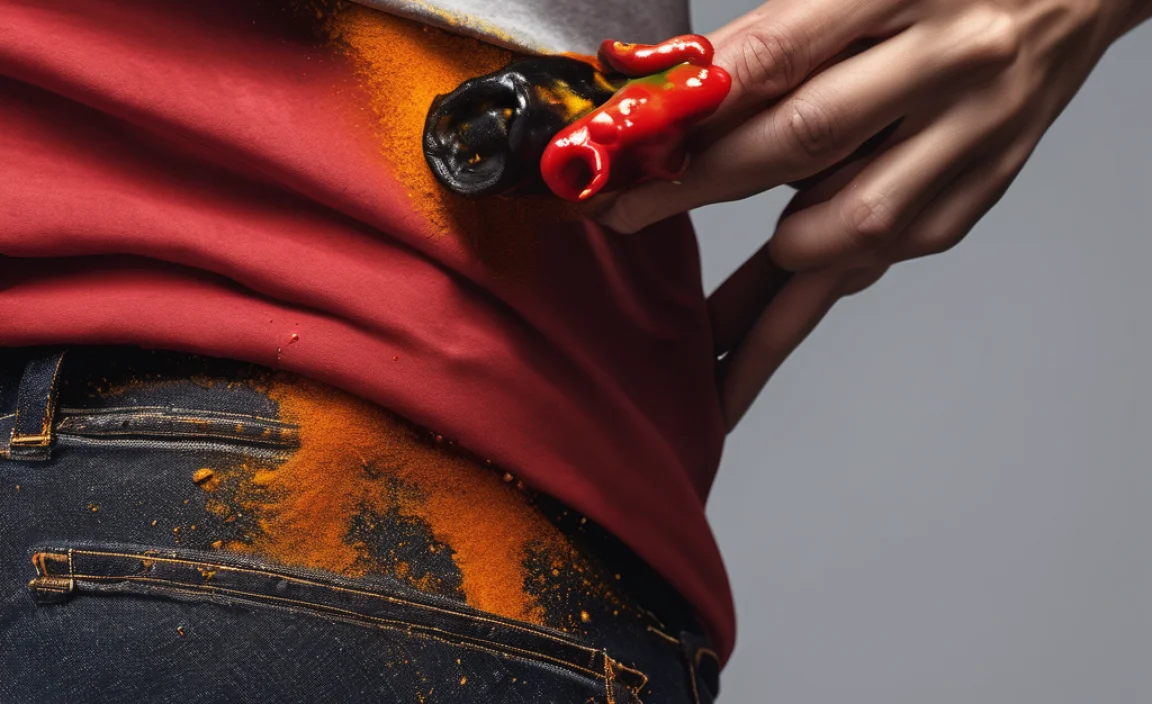
Sometimes, a stubborn chili oil stain needs a little extra attention. Here are a few more tricks to keep up your sleeve.
Using a Commercial Stain Remover
While dish soap is a great starting point, commercial stain removers often contain specialized enzymes and detergents that are highly effective against oil and pigment. Look for products that specifically mention grease or food stains. Always follow the product instructions carefully.
The Power of Enzyme Cleaners
Enzyme cleaners can be incredibly effective at breaking down the organic matter that makes up many stains, including oil. You can find enzyme-based laundry boosters or pre-treatment sprays. These can be used in conjunction with your regular wash cycle. For more information on how enzymes work in laundry, you can refer to resources from textile science departments, such as those found at university extension offices.
Dealing with Old or Set-In Stains
If you discover an old chili oil stain that’s been through the wash and dryer a few times, it will be much harder to remove. In these cases, you may need to soak the affected area for an extended period (several hours or overnight) in a mixture of cold water and a strong detergent or stain remover. Repeat the blot-and-treat process several times. Patience is key.
What NOT to Do When Removing Chili Oil Stains
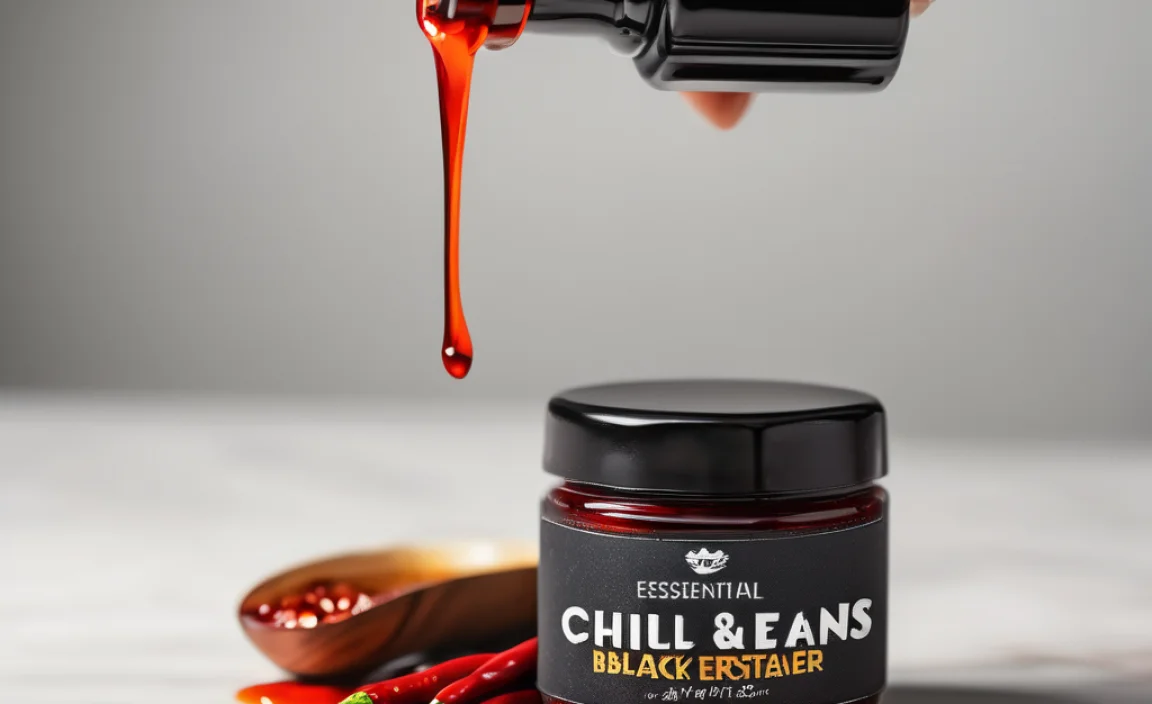
Avoiding common mistakes can save your black jeans from permanent damage.
Mistakes to Avoid
- Rubbing the stain vigorously: Spreads the oil and can damage fabric fibers.
- Using hot water initially: Heat sets oil stains, making them much harder to remove.
- Drying the jeans in the dryer before the stain is gone: This is a common cause of permanent stains.
- Ignoring the stain: The longer it sits, the harder it will be to remove.
- Using bleach on black fabric: Bleach will remove the black color, creating a new, unwanted stain.
Understanding Stain Removal Science
The most effective methods for removing chili oil stains rely on basic chemistry principles.
How Detergents and Absorbents Work
Liquid dish soaps and laundry detergents contain surfactants. These molecules have a hydrophilic (water-loving) end and a hydrophobic (oil-loving) end. The hydrophobic end attaches to the oil molecules, while the hydrophilic end allows the oil to be dispersed in the wash water and rinsed away. Absorbent powders like baking soda and cornstarch work by physically absorbing the liquid oil from the fabric’s surface and pores. For a deeper understanding of surfactants in cleaning, you can explore chemistry resources online from reputable educational institutions.
Preventing Future Chili Oil Mishaps
While not all spills can be prevented, some simple habits can reduce their occurrence on your beloved black jeans.
Proactive Measures
- Be mindful when eating saucy foods: Use napkins and eat carefully.
- Consider wearing an apron: Especially when cooking with chili oil or handling greasy foods.
- Keep stain wipes handy: Have a small, travel-sized stain remover or wipes in your bag for immediate clean-ups.
- Test new products: If trying a new stain remover, test it on an inconspicuous area of your jeans first.
Troubleshooting Common Chili Oil Stain Issues
Even with the best efforts, some stains can be more persistent than others.
When the First Try Isn’t Enough
If a stain remains after the first attempt, don’t despair. Repeat the process. Sometimes, a second or third application of dish soap, powder, and cold water can fully lift the stain. You can also try alternating between different types of stain removers, allowing each to work as directed.
The Greasy Sheen Remains
Occasionally, the pigment from the chili oil might be gone, but a slight greasy sheen or dullness might linger. This is usually a sign that not all the oil has been lifted. Re-applying dish soap and ensuring a thorough rinse and wash cycle are usually effective.
Comparing Chili Oil Removal Methods
Let’s look at the common methods side-by-side.
| Method | Pros | Cons | Best For |
| :————————– | :——————————————– | :———————————————— | :—————————————– |
| Dish Soap & Powder | Accessible, affordable, highly effective | May require multiple applications | Fresh to moderately set stains |
| Commercial Stain Remover | Targeted, often works quickly | Can be more expensive, some may be harsh | Stubborn or specific grease stains |
| Enzyme Cleaner | Breaks down organic matter effectively | May require specific application, can be pricier | Protein and oil-based stains |
| Soaking (Cold Water + Detergent) | Good for old/set-in stains | Time-consuming, requires patience | Very old or stubborn stains |
| Rubbing Alcohol (spot test!) | Can help break down oils (use with caution) | Can potentially affect dye, test first | Very small, localized spots (with caution) |


